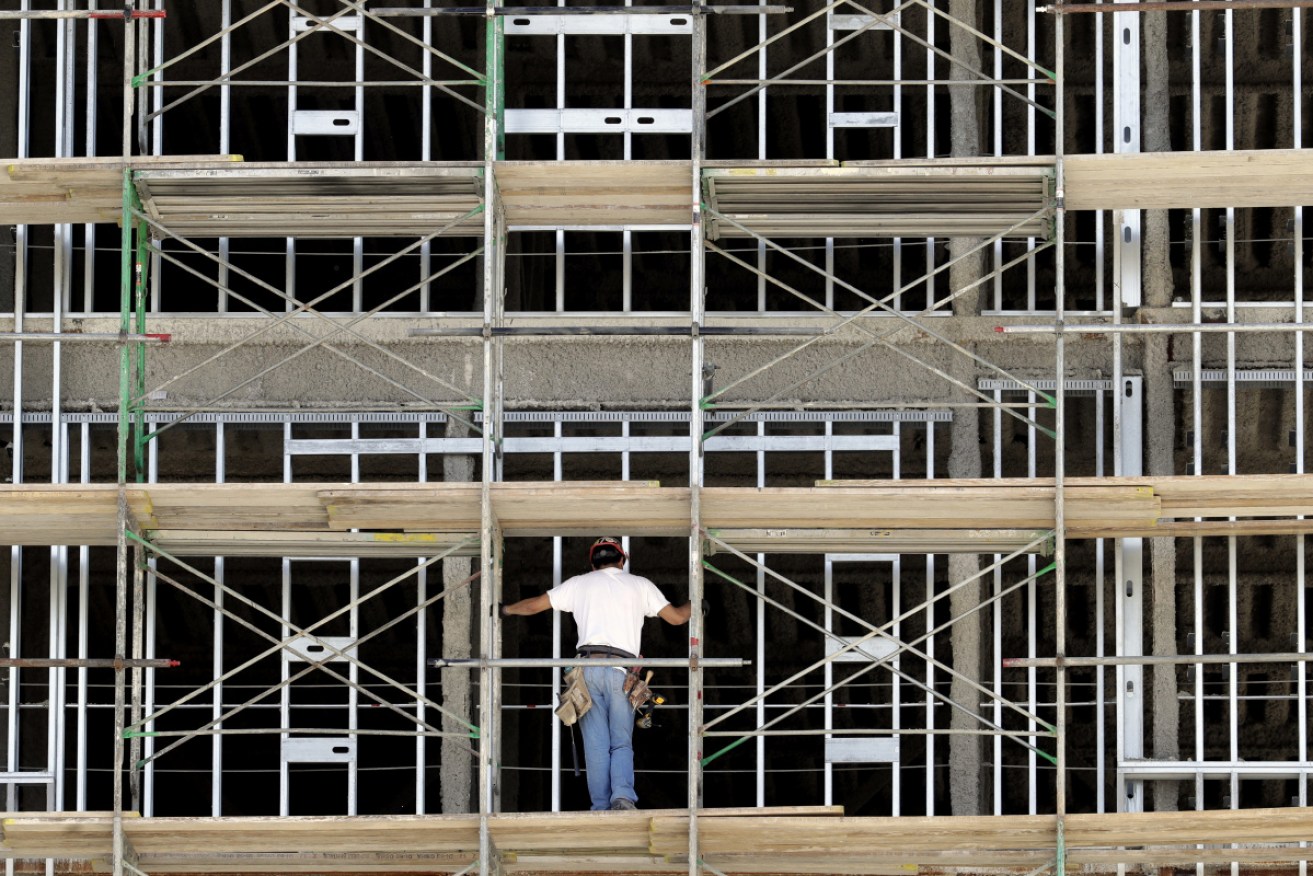‘Build-to-rent’: No silver bullet for our real housing crisis


Build-to-rent schemes may not be the magic bullet government is hoping for. Photo: AAP
Australia’s real housing crisis isn’t first-home buyers finding it expensive, or falling prices, but rental housing being unaffordable for people on low incomes or social security.
Enter the latest housing buzz word or phrase, “build-to-rent” (BTR), allegedly a magic means of providing affordable and social housing, while still allowing governments to reduce their small-and-shrinking public housing portfolios.
Alas, as adults should know, magic doesn’t actually work.
There are serious problems with relying on BTR to solve the housing crisis in the absence of other policy, yet BTR is the only concrete policy advance on offer from either side during this federal election campaign.
According to independent property analyst Pete Wargent, the British experience of BTR shows it can result in higher rent than the open market and worse housing.
By the nature of our divisive politics, Labor adopting a policy of limiting negative gearing to new housing means the Coalition is a champion of negative gearing – even though Joe Hockey was in favour of restricting it and Treasury was examining that option.
Labor now paints its negative-gearing restrictions as a means of helping first-home buyers while encouraging investors to build more housing.
The Coalition claims the policy will increase rents and reduce prices. The available rational analysis from Treasury to Moody’s says it won’t make much difference.
Enter Labor’s pledge in Bill Shorten’s budget reply speech to provide 20,000 BTR homes in its first term. BTR has big fans in the superannuation industry as a means of developing a new asset class for investment and is being pushed by some parties trying to solve the affordability issue.
“BTR is going to be a real buzz word over the next few weeks and months,” says Pete Wargent in his latest blog.
“Labor is looking to take incentives away from private landlords and gift them to big institutions, super funds influenced by unions, and other corporate landlords.”
Mr Wargent has studied the rapidly expanding British BTR experience to see how the theory plays out in practice.
He notes that BTR does have some benefits, especially for young professionals and families seeking security of tenure with a three-year lease locked in, and apartment towers can be appealing when new.
But then there are the downsides, starting with a lack of diversity. To make the numbers work, institutional investors normally need scale – tower blocks.
While part of the appeal of BTR is the availability of long leases and security of tenure, Mr Wargent writes that tenant turnover on BTR projects is typically high, “so the acid test is how these developments become characterised after a few years has elapsed, when they’re no longer new”.
“Historically blocks of housing with no owner-occupiers in situ haven’t had an inspiring track record of being well maintained or cared for, so that’s a challenge to be tackled.
“Real capital growth on such projects is likely to be negligible, so institutional investors will still aim to optimise their rental returns; thus rents can be higher or rise faster than promised with ‘unforeseen circumstances’ being cited on an all-too-regular basis.”
Ultimately institutions are not altruistic. If capital growth is going to be less than most commercial projects, there will be pressure to lift rents and a danger of scrimping on maintenance – something already seen in London, Mr Wargent said.
“BTR is no magic pill,” he says. “Ultimately it’s only going to be a small proportion of the millions of dwellings Australia needs to supply over the next decade or two.
“Flat-rate subsidies would reportedly be on offer for 15 years to investors building affordable new homes in return for cheaper rent offered at 20 per cent below market rates; the progressive Grattan Institute previously slammed this proposed scheme as potentially awful value, given a likely powerful incentive to construct cramped housing.
“Unlike commercial developments, BTR projects won’t easily secure significant levels of tenant pre-commitment, so financiers may be wary given high tenant turnover plus the dilapidation risk over time.
“Such funding and other challenges mean that – like the NRAS (National Rental Affordability Scheme) scheme before it – BTR may face hurdles in terms of the number of new homes it actually brings to the market.
“Nevertheless, it will have a role to play in Australia.”
As previously reported on these pages, Australia’s reliance on individual landlords has boosted household debt and come at an enormous cost to the budget.
Also as previously reported here, whoever wins the election has a golden opportunity to make the best of the housing supply overhang to put a dent in the real housing crisis.
Part of my gratuitous policy advice for Scott Morrison was that this would be a particularly good time to boost direct government spending on social and affordable housing as part of genuinely investing in infrastructure.
Housing is quicker to build than roads and bridges and such. It’s very “shovel-ready” and would pick up the slack now emerging from slowing private-sector housing starts.
But neither side of politics seems prepared to think big on our housing problems, or offend their key supporters either benefitting from present policy or hoping to gain from future policy.
Australian politicians just don’t have the ticker to handle our social and affordable housing crisis.








